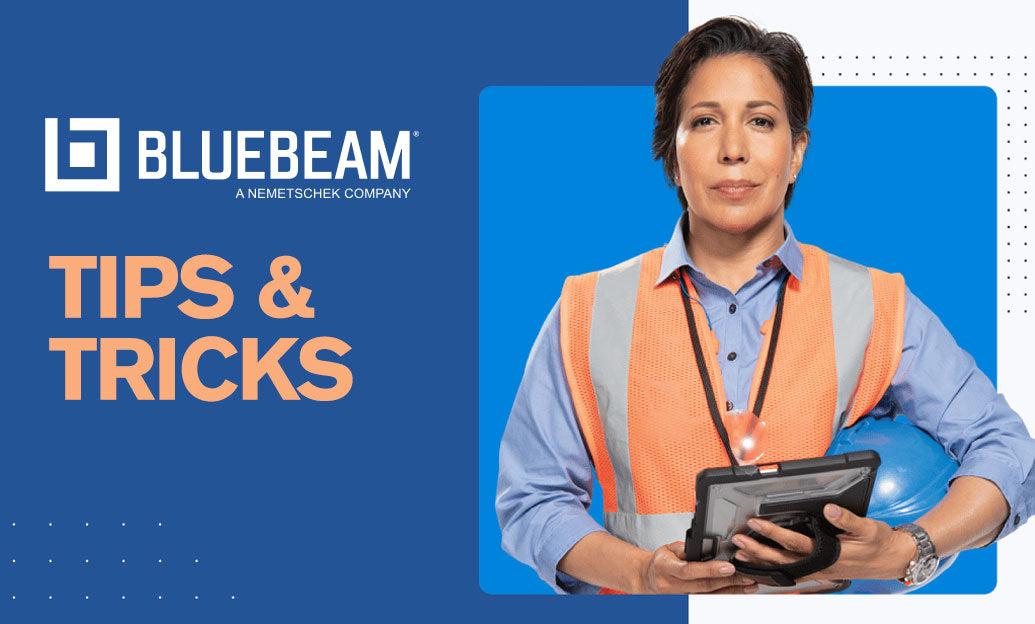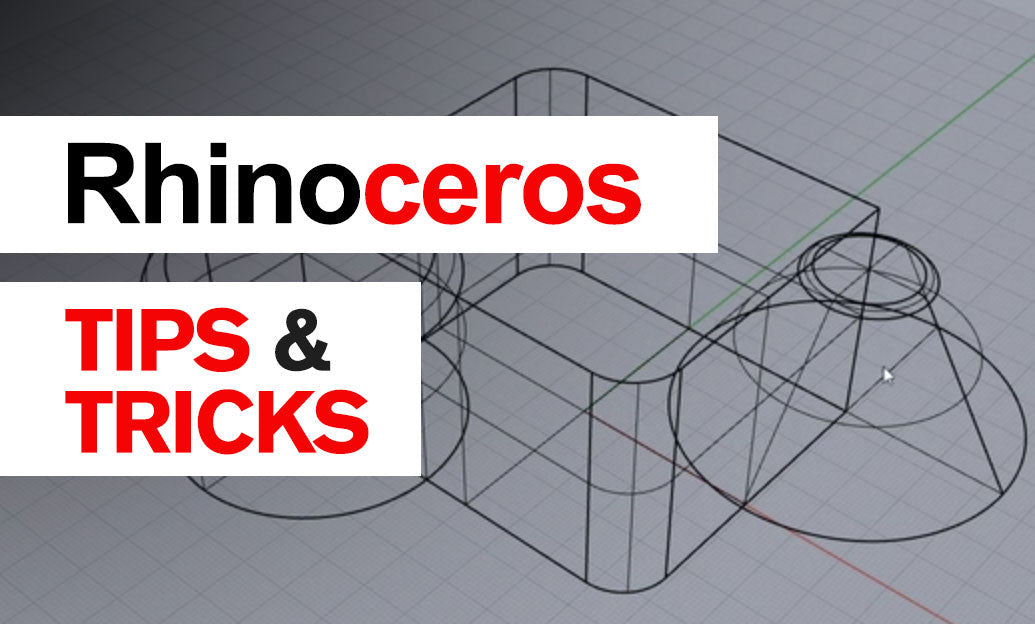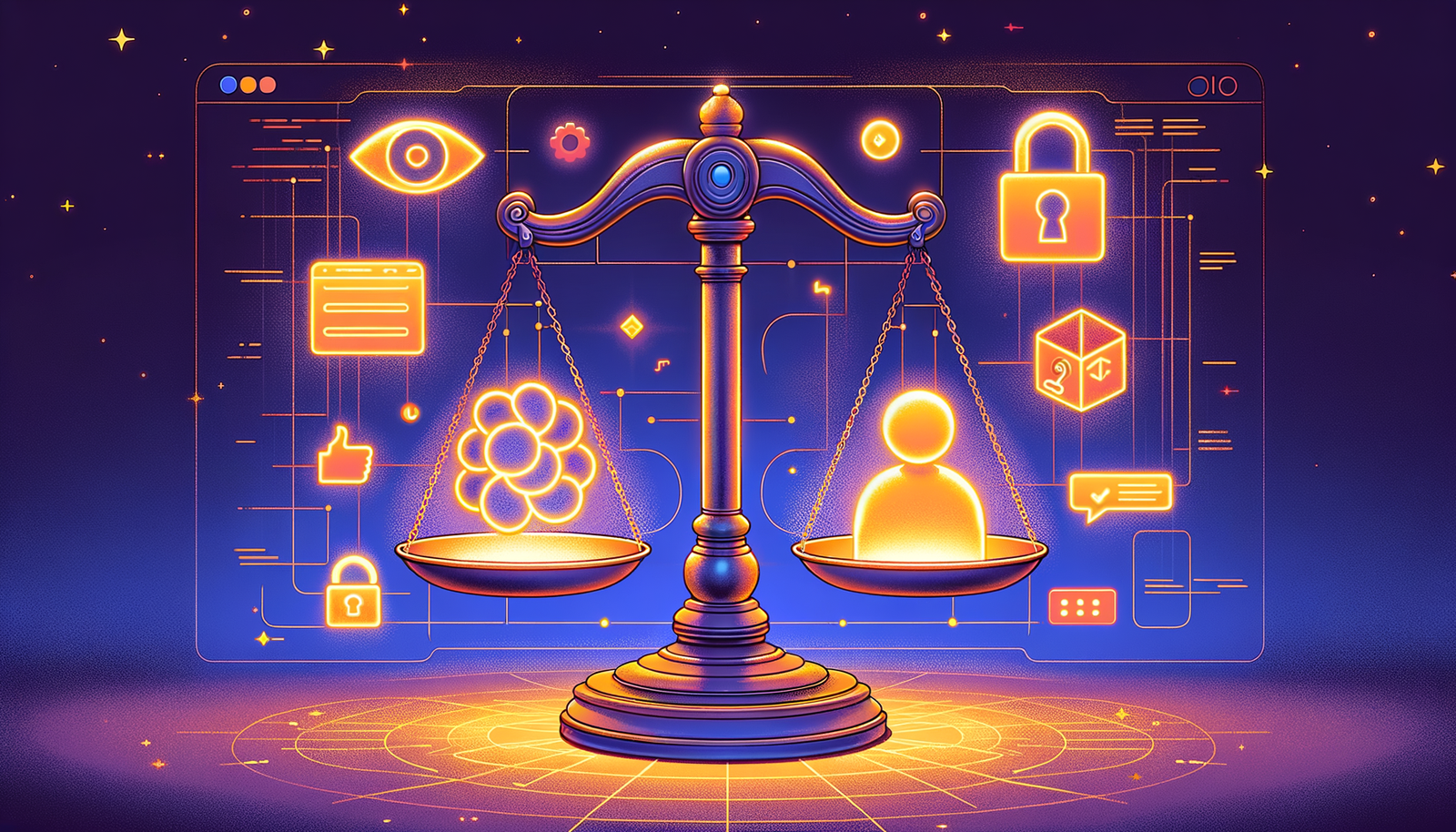Your Cart is Empty
Customer Testimonials
-
"Great customer service. The folks at Novedge were super helpful in navigating a somewhat complicated order including software upgrades and serial numbers in various stages of inactivity. They were friendly and helpful throughout the process.."
Ruben Ruckmark
"Quick & very helpful. We have been using Novedge for years and are very happy with their quick service when we need to make a purchase and excellent support resolving any issues."
Will Woodson
"Scott is the best. He reminds me about subscriptions dates, guides me in the correct direction for updates. He always responds promptly to me. He is literally the reason I continue to work with Novedge and will do so in the future."
Edward Mchugh
"Calvin Lok is “the man”. After my purchase of Sketchup 2021, he called me and provided step-by-step instructions to ease me through difficulties I was having with the setup of my new software."
Mike Borzage
Immersive Design Reviews: Leveraging Virtual Reality for Enhanced Visualization and Collaboration
September 23, 2024 4 min read


Introduction to Virtual Reality in Design Reviews
Defining Virtual Reality (VR)
Virtual Reality (VR) refers to the use of computer technology to create a simulated environment that can be explored and interacted with by a user. Unlike traditional user interfaces, VR places the user inside an experience. Instead of viewing a screen in front of them, users are immersed in and able to interact with 3D worlds. Historically, VR has evolved rapidly from simple head-mounted displays and basic simulations to highly sophisticated systems that offer impressive realism and interactivity.
Importance of Immersive Design Reviews
Traditional design review methods, such as 2D drawings, physical models, and screen-based 3D models, often fall short in providing a comprehensive understanding of complex designs. **VR-enabled reviews**, on the other hand, offer an immersive environment where designers can validate their ideas more effectively. Immersive design reviews enable stakeholders to experience the design as if it were real, providing significant benefits in terms of design validation, error reduction, and stakeholder engagement.
Key Features and Capabilities of VR in Design Software
Realistic Visualizations
The key to effective VR in design software is its ability to produce **high-fidelity renderings**. These renderings allow users to view designs with near-photorealistic quality, making it easier to visualize the final product. Moreover, VR supports **interactive 3D models** that users can manipulate in real-time, adding another layer of depth to the visualization process. This interaction helps in understanding the nuances of the design from various angles and perspectives.
Spatial Understanding and Navigation
VR technology excels in simulating **real-world scale and dimensions**. This capability is particularly useful in architectural and engineering applications where accurate spatial understanding is crucial. Users can navigate within the virtual space to assess the design in its entirety, experiencing how elements fit together in a life-sized environment. **User interaction and movement** within the virtual space further enhance the spatial comprehension, providing a realistic sense of presence and scale.
Collaboration and Multi-User Environments
One of the transformative aspects of VR in design software is its support for **real-time collaboration**. Remote teams can join the same virtual environment, allowing for effective collaboration irrespective of geographical barriers. **Virtual meetings and design discussions** can be conducted within the VR space, enabling participants to interact with design elements collectively. This multi-user capability facilitates better communication, faster decision-making, and a more cohesive design process.
Practical Applications and Benefits
Architectural Design
In the field of architectural design, VR offers several practical applications. **Virtual walkthroughs** allow stakeholders to experience the proposed designs in immersive detail, providing a realistic sense of the space. This capability is particularly useful for client presentations, as it offers an engaging way to solicit feedback and make informed decisions. **Enhanced client presentations** through VR can lead to more meaningful discussions and a higher level of client satisfaction.
Product Development
VR is also revolutionizing product development by offering advanced prototyping and testing capabilities. **Prototyping and ergonomic testing** in a virtual environment allow designers to identify potential issues and make adjustments before creating physical prototypes. This approach saves time and resources while reducing the risk of costly design flaws. Additionally, VR helps in **identifying design flaws** early in the development process, ensuring that the final product is both functional and user-friendly.
Engineering and Manufacturing
In engineering and manufacturing, VR plays a pivotal role in simulating complex assembly processes and maintenance tasks. **Complex assembly and maintenance simulations** provide engineers with a risk-free environment to test and refine their procedures. This not only improves efficiency but also enhances safety by identifying potential hazards before they occur. Furthermore, VR-based **training and skill development** programs offer a practical and engaging way for workers to acquire new skills without the risk associated with real-world training scenarios.
Future Trends and Challenges
Advancements in VR Technology
The future of VR in design software is promising, with several advancements on the horizon. Upcoming **hardware and software innovations** are expected to enhance the realism and interactivity of VR experiences. Moreover, these advancements are likely to make VR more accessible and affordable, opening up new opportunities for a wider range of applications. As VR technology continues to evolve, we can expect even more sophisticated tools that push the boundaries of what is possible in design.
Integration with Other Technologies
The integration of VR with other emerging technologies holds significant potential. Combining VR with **Artificial Intelligence (AI)**, **Augmented Reality (AR)**, and the **Internet of Things (IoT)** can lead to enhanced capabilities and greater efficiency. For instance, AI can be used to automate certain design tasks, while AR can overlay virtual elements onto the real world for mixed-reality experiences. The IoT can provide real-time data that informs VR simulations, paving the way for **full-scale digital twins** that mirror real-world counterparts.
Challenges and Considerations
Despite its many benefits, the adoption of VR in design software is not without challenges. **Technical limitations**, such as the need for high-performance hardware and the complexity of creating realistic simulations, can be barriers to widespread adoption. Additionally, **user adoption issues** may arise, as some stakeholders may be reluctant to embrace new technologies. It is essential to balance the immersive experiences offered by VR with practical utility, ensuring that the technology adds value to the design process rather than complicating it.
In conclusion, the integration of VR in design software represents a significant shift in how we approach design reviews. By offering immersive, interactive, and collaborative environments, VR enhances our ability to visualize, understand, and refine complex designs. As technology continues to advance, the potential applications of VR in design will only expand, paving the way for more innovative and efficient design processes.
Also in Design News

Bluebeam Tip: Enhancing Workflow Efficiency through Bluebeam Software Integrations
November 25, 2024 1 min read
Read More
Rhino 3D Tip: Enhance Rhino 3D Workflow with Custom Scripting for Automation and Efficiency
November 25, 2024 2 min read
Read More
Integrating Ethical AI in Design Software: Ensuring Transparency, Fairness, and User Privacy
November 25, 2024 5 min read
Read MoreSubscribe
Sign up to get the latest on sales, new releases and more …


